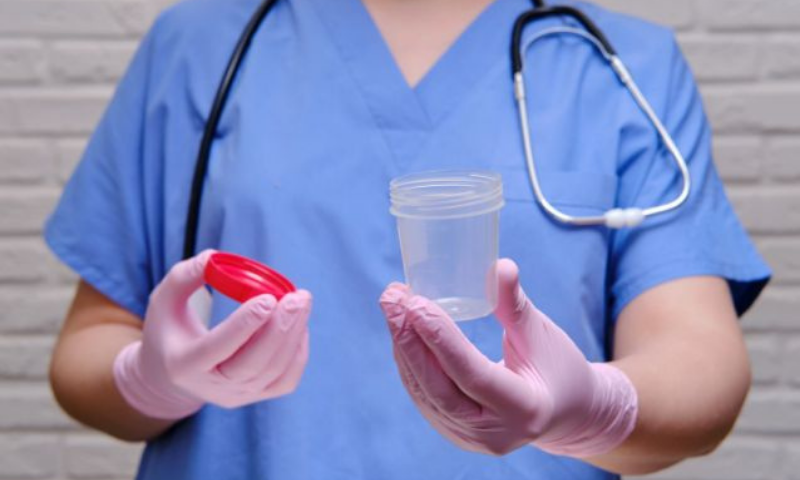LONDON: British scientists announced on Friday they had developed a test to detect womb cancer using urine samples, explaining the method could replace a painful and invasive procedure currently in use.
At present, clinicians diagnose the cancer by taking a biopsy, a process which requires a narrow telescope called a hysteroscope, to examine inside of the uterus and remove cells.
Nearly a third of women who undergo the procedure have the process repeated because of technical difficulties or intolerable pain, the research showed.
Thousands of women in Britain who do not have womb cancer also undergo the procedure, with huge financial implications for the country’s state-run National Health Service (NHS).
The study from Manchester University has developed a new detection tool which examines urine or vaginal samples that can be collected by women on their own at home.
The findings, published in the journal Nature Communications, showed analysis of the samples correctly diagnosed 91.7 percent of women with womb cancer.
The proportion of women without womb cancer who tested negative with the new tool was 88.9 percent, the study showed.
“Our results show that womb cancer cells can be detected in urine and vaginal samples using a microscope,” said Professor Emma Crosbie, who led the study.
“Women who test positive with this test could be referred for diagnostic investigations while women who test negative are safely reassured without the need for unpleasant, invasive, anxiety-provoking and expensive procedures.” The new tool was first trialled on 103 women with known cancer and 113 with unexplained postmenopausal bleeding and could be brought into clinical practice once expanded trials have concluded.
Womb cancer is the sixth most common cancer in women, with an estimated 382,000 new diagnoses and 89,900 deaths from the disease in 2018 worldwide, the university said.
While most women receive early treatment after the onset of symptoms, which include bleeding after menopause, 20 percent of women who are diagnosed at an advanced stage have only a 15 percent chance of surviving beyond five years.
